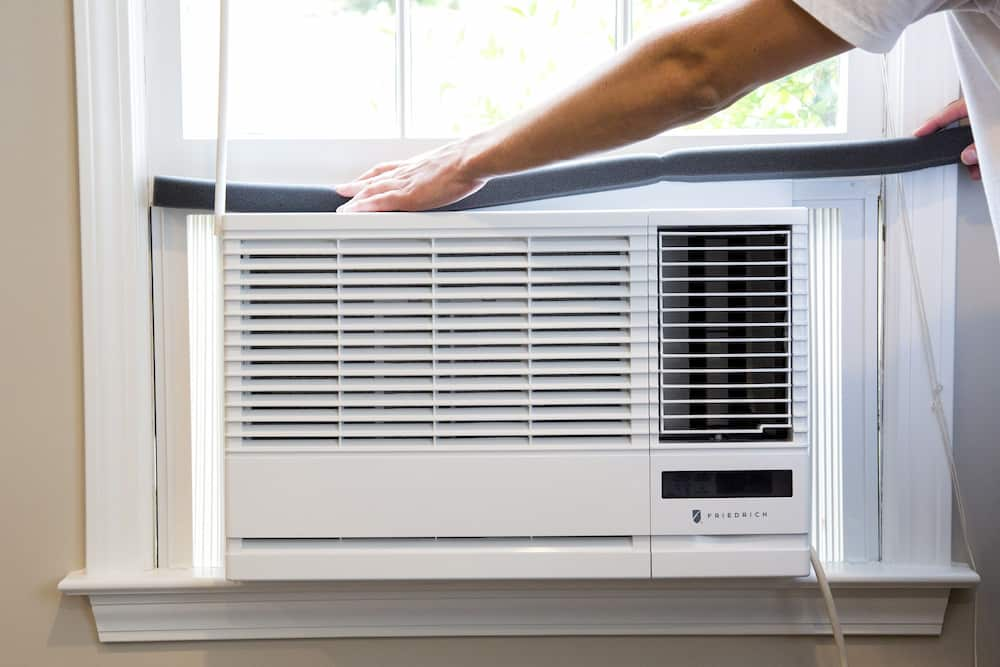For individuals without central air conditioning or who just wish to chill a few rooms without having to install a costly whole-house system, window air conditioners are a popular cooling choice. They may also be less intrusive in terms of area and are more energy-efficient than portable air conditioners.
However, choosing the best one can be challenging given the abundance of models and features. Everything you need to know about window air conditioners, from choosing the proper size to keeping your unit in good working order, will be covered in this book.
Choosing the Proper Window Air Conditioner Size
Proper air conditioner sizing is essential for optimum cooling performance. An enormous unit will often cycle on and off, wasting energy, while a unit that is too tiny would run continuously and not efficiently cool.
A BTU (British Thermal Units) calculator may be used to estimate the ideal size for your space. The right BTU rating is calculated by taking into consideration the room’s size, insulation, occupant count, and other variables.
Window air conditioners have an EER rating, which measures their energy efficiency. By dividing the cooling capacity (in BTU) by the power usage (in watts), the EER is computed. The unit is more efficient the higher the EER. For the highest level of energy efficiency, look for a unit with an EER of at least 10.
Considerations When Buying A Window Air Conditioner
There are several characteristics that window air conditioners provide, some of which may be more significant to you than others. When choosing your unit, take these factors into account:
- Thermostats that can be programmed let you select the temperature and have the appliance switch on and off automatically.
- By using a remote control, you can change the temperature without getting up.
- You may use the device as a fan exclusively in fan-only mode.
- For more comfortable sleeping, the temperature is adjusted in the sleep mode.
- When it’s time to clean or replace the filter, the filter indicator will let you know.
- You may choose from a variety of fan speeds to suit your needs.
How To Install A Window AC Unit
- Although installing a window air conditioner is not particularly difficult, it is important to follow the manufacturer’s instructions for your specific air conditioner. The fundamental stages are as follows:
- Clean the window frame by removing the window sash.
- Install the foam weather stripping and mounting brackets.
- After positioning the device in the window, fasten the mounting brackets.
- To close any gaps, extend the accordion panels and fasten them with screws or clips.
- To test the device, plug it in and turn it on.
How to Maintain a Window Air Conditioner
- Your unit’s lifespan may be increased and its efficiency maintained with proper maintenance. Here are some pointers for keeping your window AC unit in good working order:
- Regularly (at least once every month during periods of intensive use) clean or replace the filter.
- Keep the appliance clean and clear of clutter.
- Check for obstructions in the drain pan and the drain hole, and clean as necessary.
- Check the electrical parts of the device for deterioration or damage.
- To guarantee optimum performance, schedule expert maintenance once a year.
Conclusion
Window air conditioners may provide dependable and economical cooling for your house. You can assure years of pleasant interior temperatures by choosing the correct size unit, selecting the features that are most important to you, properly installing the unit, and performing routine maintenance. Make an educated choice with this information, then spend the whole summer in a cooler house.











